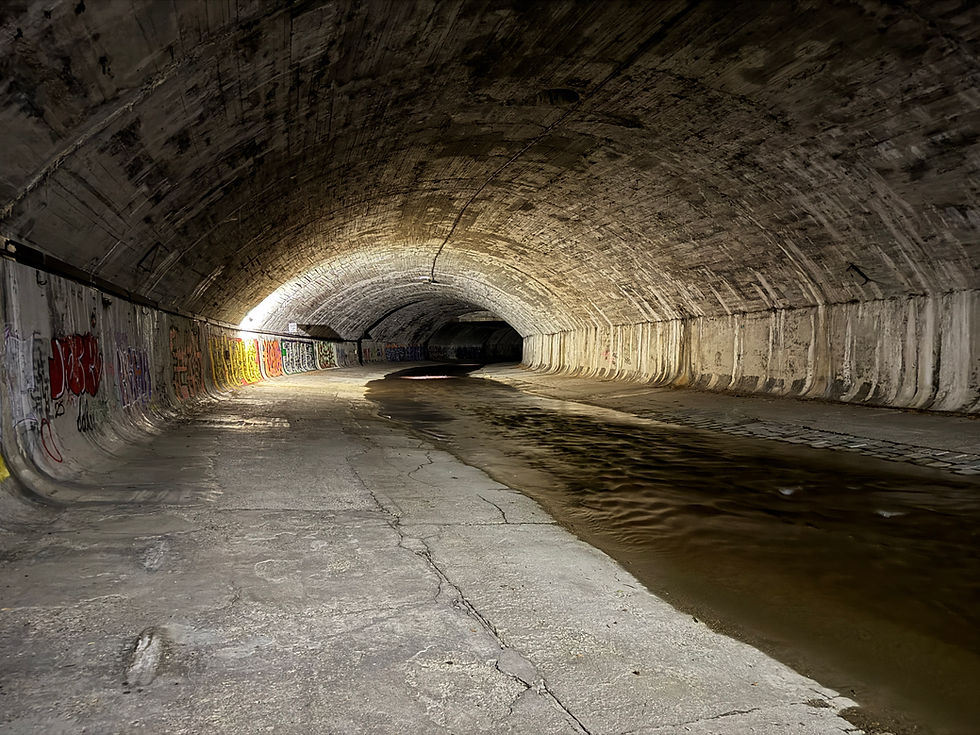Hofburg Insbruck - a Fantastically Rich Habsburg Residence
- Mika Vepsalainen
- Dec 17, 2022
- 3 min read
Updated: Apr 19, 2023
Join us for a visit to the Kaiserliche Hofburg, the Innsbruck residence of the Habsburg dynasty and see the abundance of beauty, elegance and luxury that the dynasty lived in - if they happened to be in town!

The Habsburgs came to power in Tyrol in 1361 and almost immediately Duke Leopold IV began purchasing houses and properties in the area of the current palace, including the two gardens outside the town walls — the present-day Court Garden. After he became ruler of Tyrol in 1406, Leopold’s brother Duke Frederick IV (Aka Frederick with the Empty Pockets) moved the Habsburg seat from Meran to Innsbruck, and constructed a New Residence, the building with the Goldenes Dachl west of the Hofburg (a good idea for a stroll after the museum visit!).
The next in line, Archduke Sigismund expanded the Hofburg area through the acquisition of several houses on Hofgasse and various garden properties near the current cathedral and the construction of the Hofburg began.
The Hofburg became the permanent residence of Emperor Ferdinand I in 1533. He brought an Italian architect Lucius de Spaciis in 1534 to redesign the east wing along Rennweg and create a new banquet hall. Archduke Ferdinand II continued the transformation of the Gothic palace to a Renaissance castle with master builder Giovanni Lucchese who brought in further renovations in the Italian style.
During the seventeenth century, the Thirty Years’ War postponed plans for further renovation and the Hofburg fell into disrepair. The palace was used for royal offices only, while the family moved into the Ruhelust Castle. In 1665, the imperial family moved to Vienna, which became the seat of the Habsburg empire. The Hofburg remained an elegant temporary lodging for members of the imperial family on their travels to the west.
After the Seven Years’ War in 1765, Maria Theresa had her son and future emperor Leopold II marry Maria Luisa de Bourbon of Spain in Innsbruck. Everything from furniture to porcelain and tableware was organised for the lavish celebration with 2000 guests. For 14 days Maria Theresa hosted them cheerfully and exuberantly with an elaborate menu, went to the opera and had fun until August 18, when Francis I suddenly died after return from the theatre. Maria Theresa made the Hofburg a memorial site and representational building and had the anteroom where Francis died converted into the Hofburg Chapel in 1766.
With the end of the monarchy in 1918, the imperial property became state owned and the Imperial Court, Kaiserliche Hobburg of Innsbruck is one of the three major cultural buildings in Austria, beside Schönbrunn Castle and the Imperial Court of Vienna. The Burghauptmannschaft manages the historic building. During the years 2006 - 10 the third and last part of the general renovation of the Hofburg was completed.
When you get into the palace, the staterooms will give you a very concrete idea of the elegance and wealth of the Habsburg dynasty. You might wish to have a look at the apartment of Empress Elisabeth. Restored to its splendour, the rooms show you 18th century furniture, tapestries and works of art telling you how lavishly the enormous richness allowed the Habsburgs to live - only to be further confirmed in the Giant’s Hall, Guards’ Hall and Lorraine Room further on in the museum. You will also see portraits of the husband and children of Maria Theresa of Austria in a fancy collection and the staircase to the apartments includes an ancestral portrait gallery.
In 2019, the museum experience was enlarged to include the exhibition of Maximilian I, Holy Roman Emperor - a bit different approach compared to the gold and silk in the first part of the museum.
The museum has been awarded the Golden Wheelchair (Der goldene Rollstuhl) for their good work on accessibility despite the ancient structures and complicated passages. Visitors in a wheelchair can access the palace via the disabled entrance in the large palace courtyard by ringing the bell. There is a stair lift to the first floor and then, an elevator up to the exhibition rooms.
Disabled toilets can be found on the ground floor and 2nd floor.
Opposite there is the Imperial Garden, perhaps an idea for a piquenique after your museum tour as there is no café in the museum.
The museum shop is a bit sad vitrine of a couple of books at the ticket shop. There is no museum café but the Altstadt provides you ample opportunities for a post-museum drink.
Kaiserliche Hofburg Rennweg 1 , 6020 Innsbruck


































Comments